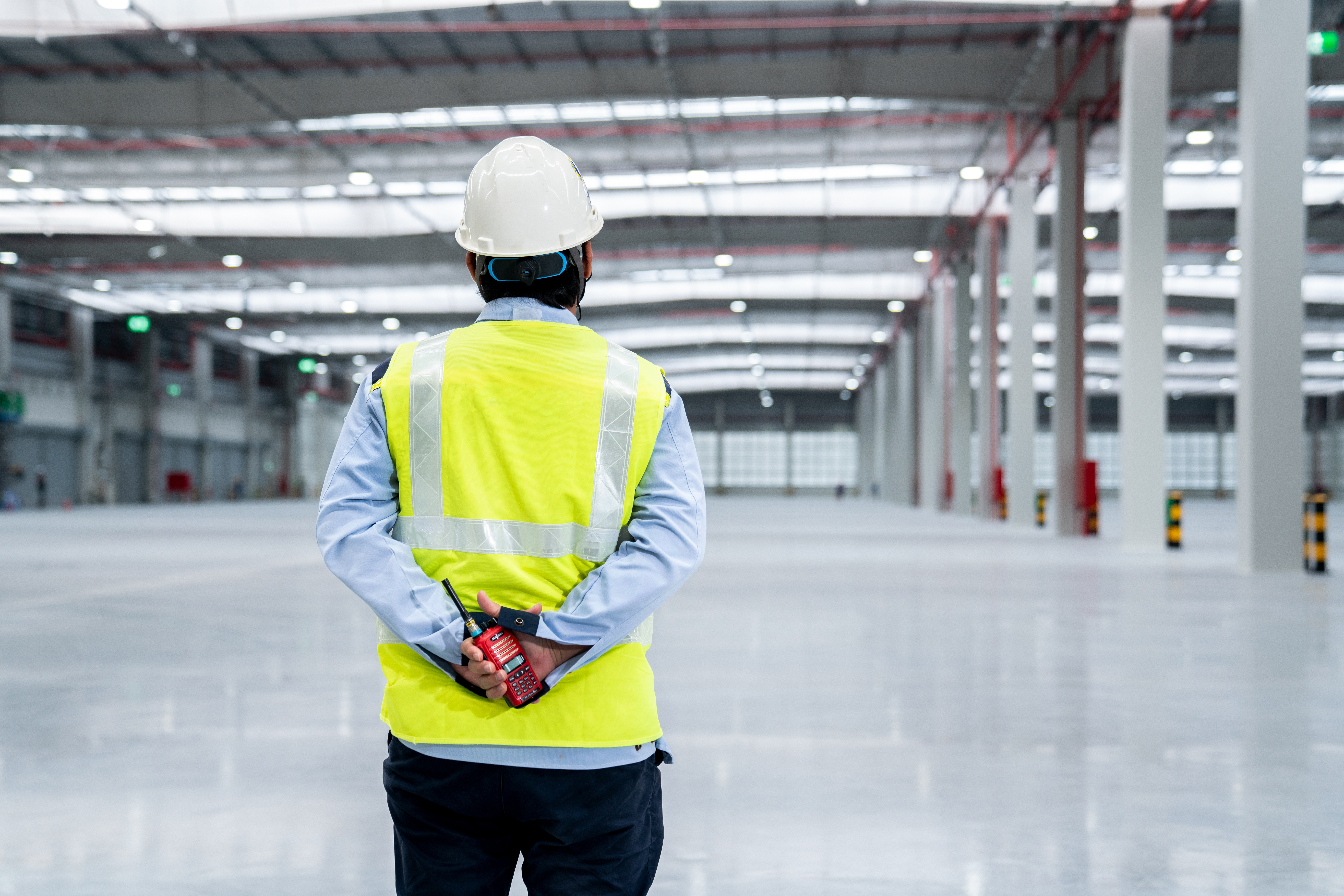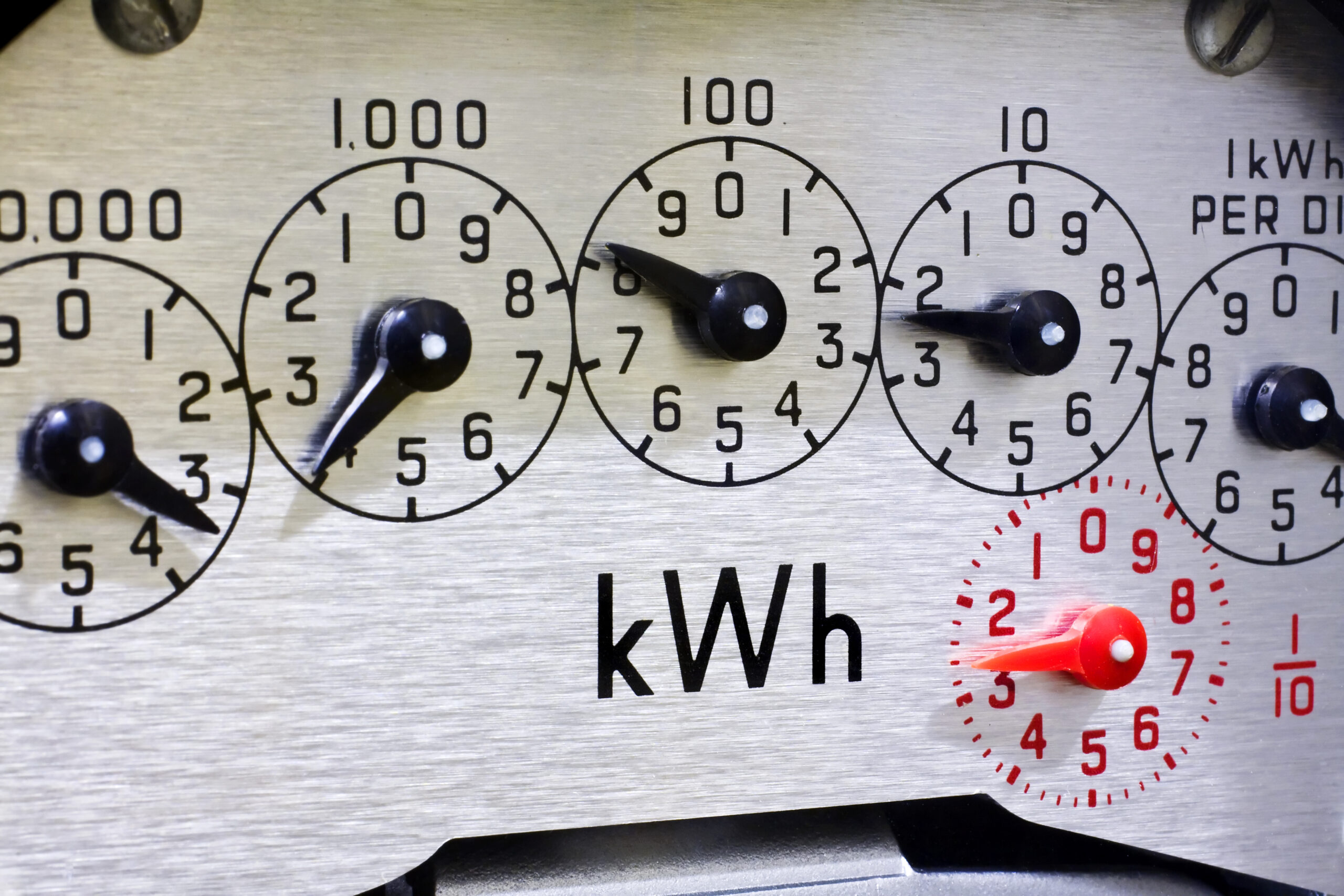
LED high bay lights are changing the game in industrial settings like factories and warehouses. If you’re managing such facilities or just curious about how LED lighting technology is reshaping industries, this is for you!
Understanding the Basics
Before we dive into the specifics, let’s understand what high bay lighting is. These are lights used in large spaces with high ceilings, typically over 20 feet. Traditional lighting solutions in these environments have been metal halide and fluorescent lights. However, LED (Light Emitting Diode) technology is rapidly overtaking them. Why? Let’s find out.

Energy Efficiency: A Key Factor
The most striking advantage of LED high bay lights is their energy efficiency. They use significantly less power than traditional metal halide or fluorescent fixtures. This difference in energy consumption can be more than 70%. For a large facility, this reduction in energy use translates to substantial cost savings, making a serious impact on the bottom line.

Longevity and Reduced Maintenance
LEDs have an impressive lifespan. While a typical metal halide bulb might last 20,000 hours, and a fluorescent around 30,000 hours, an LED high bay fixture can shine brightly for over 100,000 hours. This longevity means fewer replacements and less maintenance – a major advantage in large spaces where changing a light bulb isn’t as simple as standing on a chair.
The Quality of Light
The quality of light provided by LEDs is superior. They offer bright, consistent illumination, crucial in industrial settings for both safety and productivity. LEDs also provide instant lighting with no warm-up period, unlike metal halides that can take time to reach full brightness. Plus, they don’t have the flickering issue common with some fluorescent lights, which can be distracting and uncomfortable.
Adaptability and Smart Features
Modern LED high bay lights are highly adaptable. They can be dimmed and are often compatible with smart control systems, allowing for automation based on occupancy or time of day. This flexibility not only further reduces energy consumption but also adds a layer of convenience and efficiency to facility management.
Safety and Environmental Impact
From a safety standpoint, LEDs are more robust and don’t contain hazardous materials like the mercury found in fluorescent lamps. This makes them safer in case of breakage and easier to dispose of or recycle. Environmentally, the lower energy consumption of LEDs means reduced carbon emissions, and their longer lifespan results in less waste.

The Cost Factor
While the initial investment in LED high bay lighting is higher than traditional lighting, the long-term savings in energy and maintenance costs make it a financially sound decision. Over time, the savings accrued from reduced energy consumption and lower maintenance needs can significantly offset the initial cost.
Light Distribution and Color Rendering
LEDs excel in light distribution, meaning they can spread light more evenly across a space. This uniform distribution reduces the number of fixtures needed and ensures there are fewer dark spots. The color rendering index (CRI) of LEDs is also typically higher, meaning they represent colors more accurately – an important factor in settings where detail and accuracy are important.

Impact on Workforce
Good lighting can have a positive impact on the workforce. It can reduce eye strain, improve mood, and increase productivity. The bright and uniform light of LEDs creates a better work environment, potentially leading to increased efficiency and fewer mistakes.
Technological Advancements
LED technology is constantly evolving. Innovations in LED high bay lighting include increased energy efficiency, smarter control systems, and even light fixtures with integrated IoT technology. These advancements open up new possibilities for facility management, energy savings, and operational efficiency.
Real-World Applications
Many industries have seen the benefits of switching to LED high bay lights. For example, in warehouses, better lighting improves safety and inventory management. In manufacturing, it enhances workers’ ability to focus on detailed tasks. Sports facilities, retail spaces, and exhibition centers also benefit from the improved light quality and energy efficiency of LEDs.

Looking to the Future
The future of industrial lighting is undoubtedly LED. As the technology continues to advance, we can expect even greater efficiencies and innovations. The shift towards more sustainable and cost-effective lighting solutions like LED high bay lights is not just a trend but a significant move towards better, more responsible industry practices.
Conclusion
In conclusion, the switch to LED high bay lighting is a smart, forward-thinking choice for any large facility. The benefits of energy savings, improved light quality, reduced maintenance, and environmental friendliness are clear. As we continue to see advancements in LED technology, their role in industrial and commercial settings is only set to become more prominent.